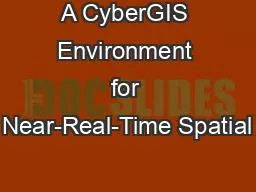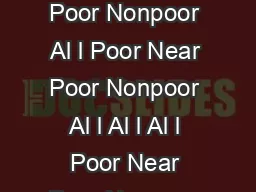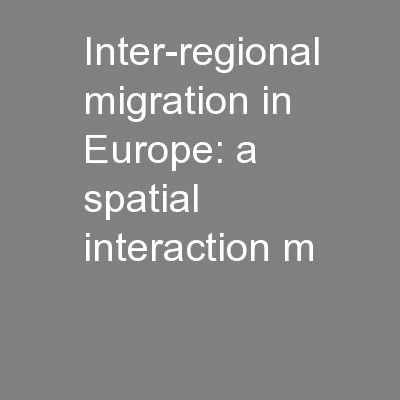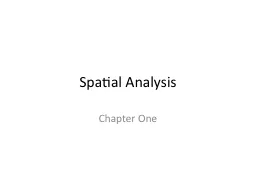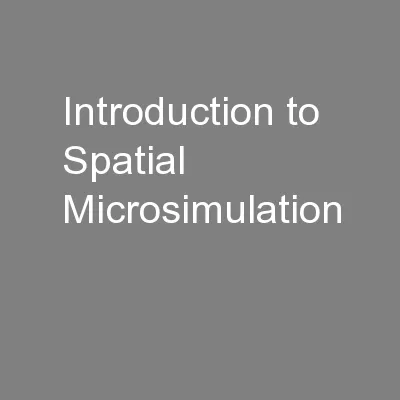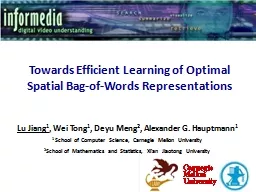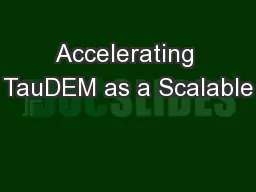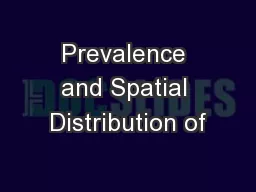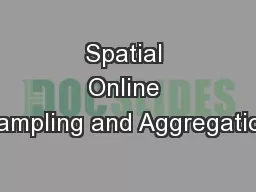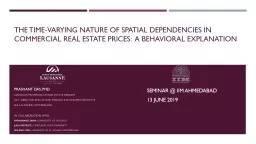PPT-A CyberGIS Environment for Near-Real-Time Spatial
Author : shangmaxi | Published Date : 2020-08-29
Analysis of Social Media Data Shaowen Wang CyberInfrastructure and Geospatial Information Laboratory CIGI Department of Geography and Geographic Information Science
Presentation Embed Code
Download Presentation
Download Presentation The PPT/PDF document "A CyberGIS Environment for Near-Real-Tim..." is the property of its rightful owner. Permission is granted to download and print the materials on this website for personal, non-commercial use only, and to display it on your personal computer provided you do not modify the materials and that you retain all copyright notices contained in the materials. By downloading content from our website, you accept the terms of this agreement.
A CyberGIS Environment for Near-Real-Time Spatial: Transcript
Download Rules Of Document
"A CyberGIS Environment for Near-Real-Time Spatial"The content belongs to its owner. You may download and print it for personal use, without modification, and keep all copyright notices. By downloading, you agree to these terms.
Related Documents

